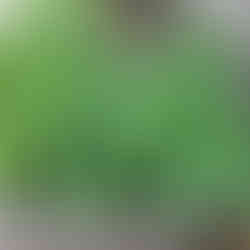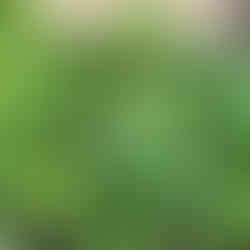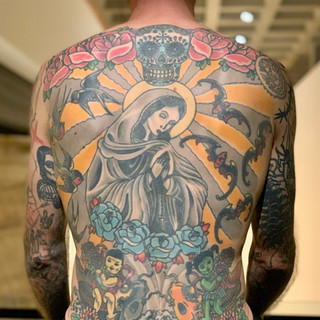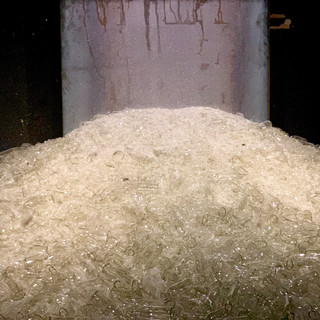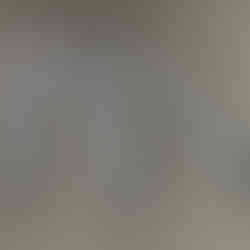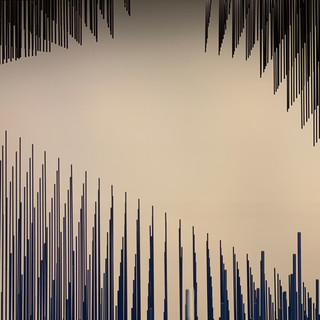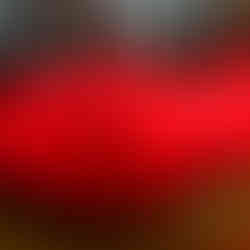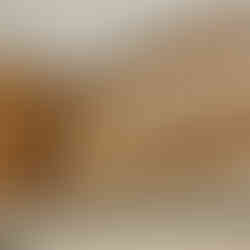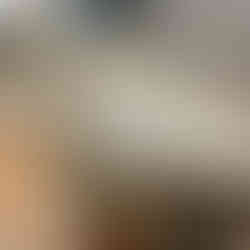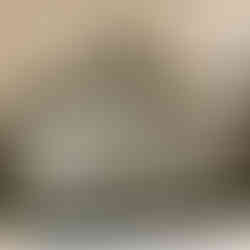#3. Opossum Bay Tassie
- Shelley Dark

- Dec 23, 2018
- 5 min read

O'Possum Bay is a sleepy village forty minutes drive from Hobart, yet it's light years away. Fifties weatherboard cottages snuggle low into the slope above the narrow beach, the peeling boat houses and old concrete ramps. Corrugated rainwater tanks balance on rickety wooden tank stands and cantilevered street-level car ports own some of the best views in town.

Bonnie Doon just mightn't cut it any longer - gentrification is on its inexorable way in the form of a few big square modern houses with vast balconies and sleek sun lounges.

An Opossum Bay Christmas tree.

We're in a two-storey steeply gabled beach-front home built in the 1930's, a slatted wooden walkway descending through waving grey grasses to the beach and boat house. That's the Australian red marine ensign which was only just pipped by the blue one to be our national flag.
It has quite a presence, this house, especially from the water's edge. Yet it's welcoming and unpretentious, a comfortable relaxed family home. Bedrooms have balconies with wonderful views of the five-kilometre-wide River Derwent in front.

This morning in the shower I watched a little red tug boat pulling a larger ship through the shipping channel out into open water, as white yacht sails leaned and veered in the distance. What a vantage point!

The garden is cleverly planted with salt tolerant plants and there's a choice of age-silvered teak dining settings: tawny gravel bordered by healthy rosemary bushes and tubs of herbs, or the rectangle of luxurious green lawn, white andirondacs and fire pit?

Kangaroo paw is thriving.

Herbs too!

There's a pretty garden with a white picket fence.

The headland near the house was once thickly wooded. The first white settler Gellibrand with his twenty allotted convicts cleared the forest. It's now crown land with crisscrossing mown walking paths. There's talk of the ubiquitous golf course.

A rocky bluff on Mary Ann Bay, where Gellibrand had his home. It’s said he dug his own grave and built a vault, drinking tea on it daily during the process. In the 1820's he exported planks, bricks, bacon, hams, sheep skins, bran, oats, barley and hay, horses, cattle and sheep and had convicts row him to Hobart for meetings. He died in Hobart in 1840 and was buried back in his favourite bay.

And nearby Shelly Beach.

A posy of flowers Ange picked from the garden.

Our bay and boathouse.


Cute local wildlife - photos by son-in-law Philippe.

An unexpected bonus has been the pool room and the hilarity of the daily fiercely-contested team challenge. It takes intense concentration to shoot a complete miss. Even more to sink the cue ball or the eight-ball!

I've been wanting to visit Mona ever since it was built. The rusting steel-ribbed building looks like an atomic fallout bunker.

Expect the unexpected here: an iron lace prime mover with matching concrete truck on board the low loader, an open tennis court at the arrival area, chooks roaming about underfoot, a mirrored entrance reflecting visitors.

A motley crew.

Parking spaces for benefactor David Walsh and his bestie designated appropriately.


Because of the dark and confusing layout, there is slight frustration at never really knowing if you've seen everything. When I took a pamphlet to try to make sense of it all, an attendant advised me 'It's a lot easier to ask than to try to make sense of that.'

Looking down onto the mirror surface of sump oil which fills the bottom of an entire room and smells like an old-fashioned service station. You can queue to walk along a viewing platform inverted into the liquid.
I was amused to read that David Walsh doubts that any of his installations will be valuable in years to come. There's a water droplet word installation (very clever). A tattooed man sitting motionless for hours. A full band playing wildly discordant music. A huge rectangle of Yves Klein blue powder pigment (why?). A heap of broken bottles where visitors can smash more. An overgrown Porsche car on steroids. A wall of water-filled plastic bags. A lead (mineral) book library. Stones from Hiroshima for paper rubbing. And on. And on.

Oh I forgot to mention that we went to Jackman & McRoss bakers the other day and had a scallop and kelp pie. I was a little dubious at first, but after we took off the lids and removed the salmon-coloured roe, absolutely wonderful! So was lunch at Mona. I had the chicken satay salad. I was so hungry I ate it before I thought about photographing it.
Also on the list of must-do's was the Drill Hall Emporium in New Norfolk, and the Agrarian Kitchen Eatery.


First stop Flywheel stationery shop. What a delight! Have you ever seen Karst paper made in Australia from stone? It's eco-friendly, magnificently smooth to write on, waterproof and not easily torn.

The Drill Hall Emporium is the most stylish antique shop I've ever visited. As stylish as its beautiful card. The stock quite took my breath away: silver, crystal, linen, furniture, baskets and more.

The famous Agrarian Kitchen is a cooking school in a 19th century schoolhouse near New Norfolk. It was established by Rodney Dunn and his wife, Séverine Demanet on five acres of organic farm with vegetable and herb gardens, heirloom variety orchard and berry patch. They also have Wessex Saddleback and Berkshire pigs, Barnevelder chickens, milking goats, a flock of geese and honeybees.

The Eatery however is in New Norfolk itself, in one ward of an old psychiatric hospital, part of a huge conglomeration of historic buildings including this 1830's invalid convict building which became a lunatic asylum. The thought sends shivers up my spine.

It was sobering to look at the exercise yard with its huge rolled metal top railings all round the high walls (see the dark rusty area above the guard's hut on the right) to prevent any hope of escape. We leaned against the glass and held our hands around our eyes to peer through windows on to Dickensian bath-chairs with restraining straps and grimy padding.

While plans are being hatched for the redevelopment of the entire site, number graffiti (origin unknown) like this on the walls is in peril of disappearing.

It's worth driving around New Norfolk to look at the architecture.
The only lunch reservation available was at 2.30pm so we were starving by the time we arrived! Would our meals be as good as the reviews promised?
We needn't have worried. Seven different items from the menu were all utter perfection. All totally different. Delicate light fresh flavours played off one against the other, in perfect balance. Potato scallops, zucchini salad, lemon spaghetti, pork sausages, travalla and burned lettuce, cheese soufflé, pavlova.

Accompanied by a complex white wine from Luna Wines in the Tamar Valley - it's a delightfully old-fashioned idea to mix juice from several grape vines in a vineyard, in this case pinot gris, riesling and sauvignon blanc.
And now it's time to go and watch the kids kayaking on the bay - the wind has dropped and the water has smoothed out. As they say in the classics, see you later!

Is there anything more Australian Christmas than gum nut babies in frilly skirts?

Or pepperina berries?
Have a wonderfully happy Christmas, and may 2019 bring you all you could wish. From our family to yours.
I wait you,

